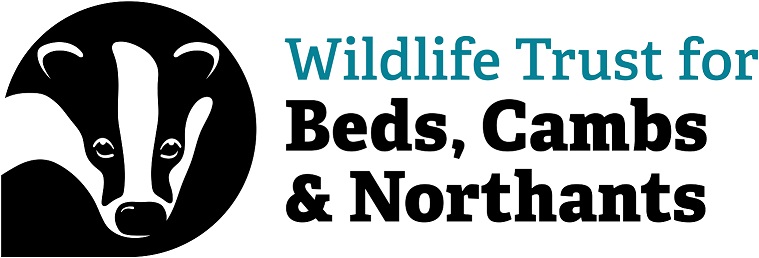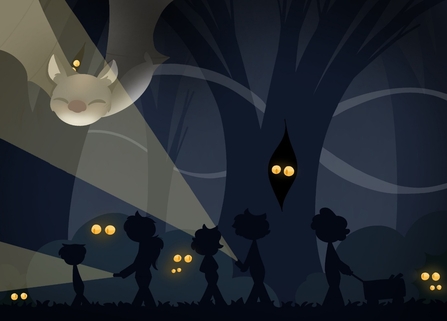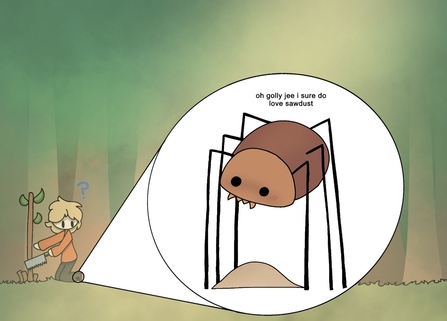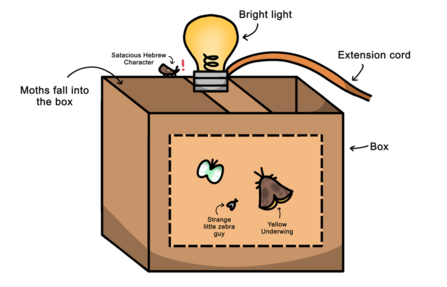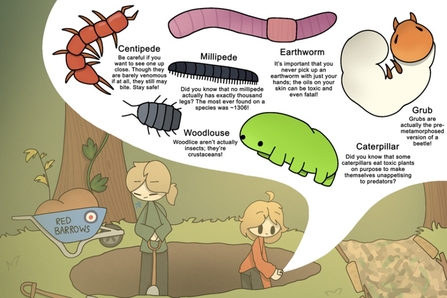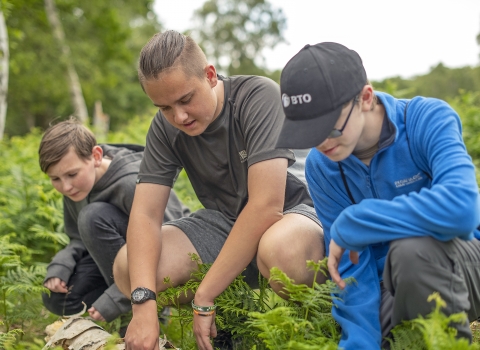Bat patrol
We went out late in the evening, coats up to our necks with some bat detectors. These work by picking up frequencies that we normally wouldn’t hear and making them audible for our ears. To the lake we went to find some bats, hoping to hear some Daubenton's bats. On the way, we learned what bats actually sound like (or at least what they sound like through the detectors). Turns out they sound like a strange hybrid of water droplets on a window and… farts?
